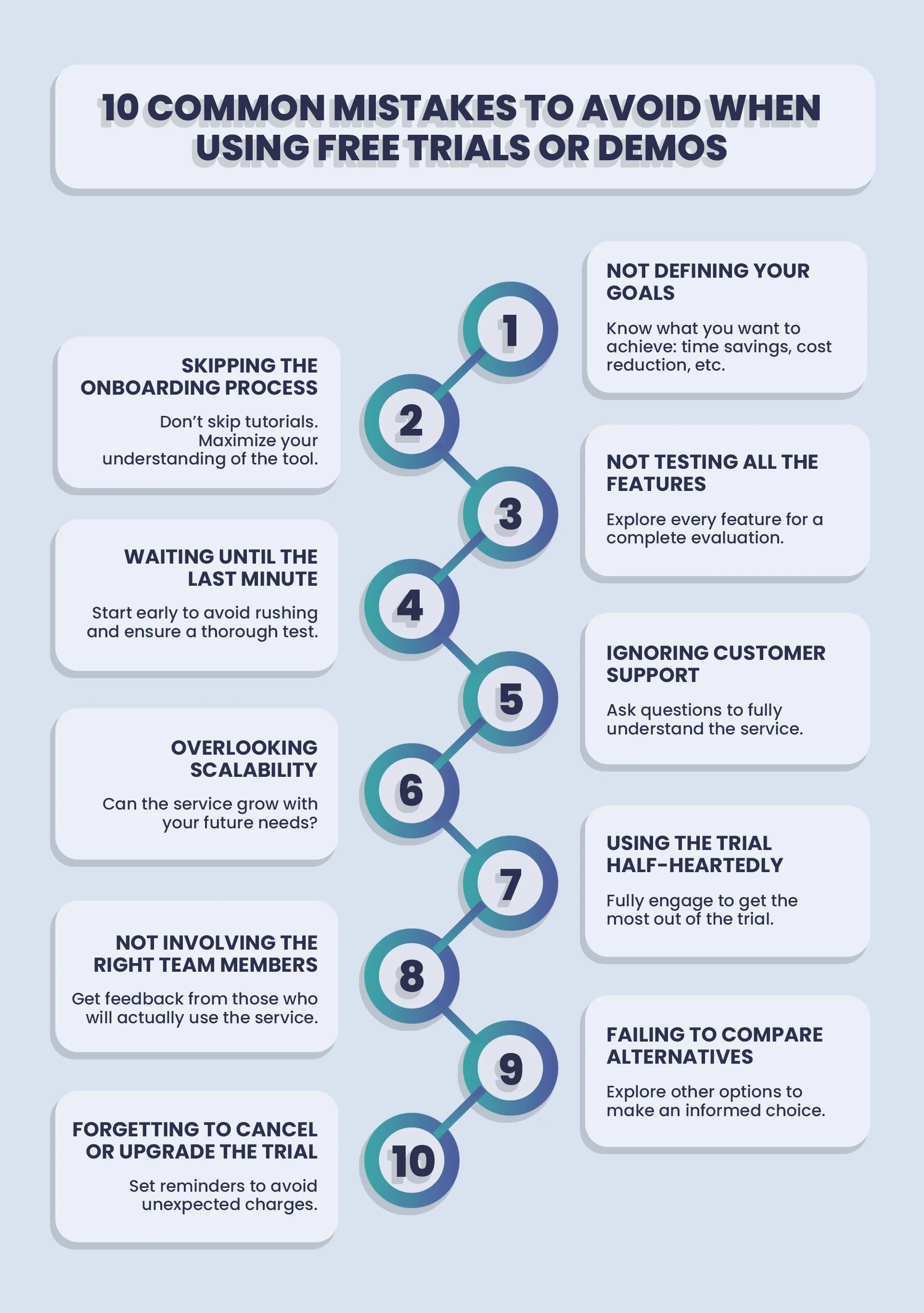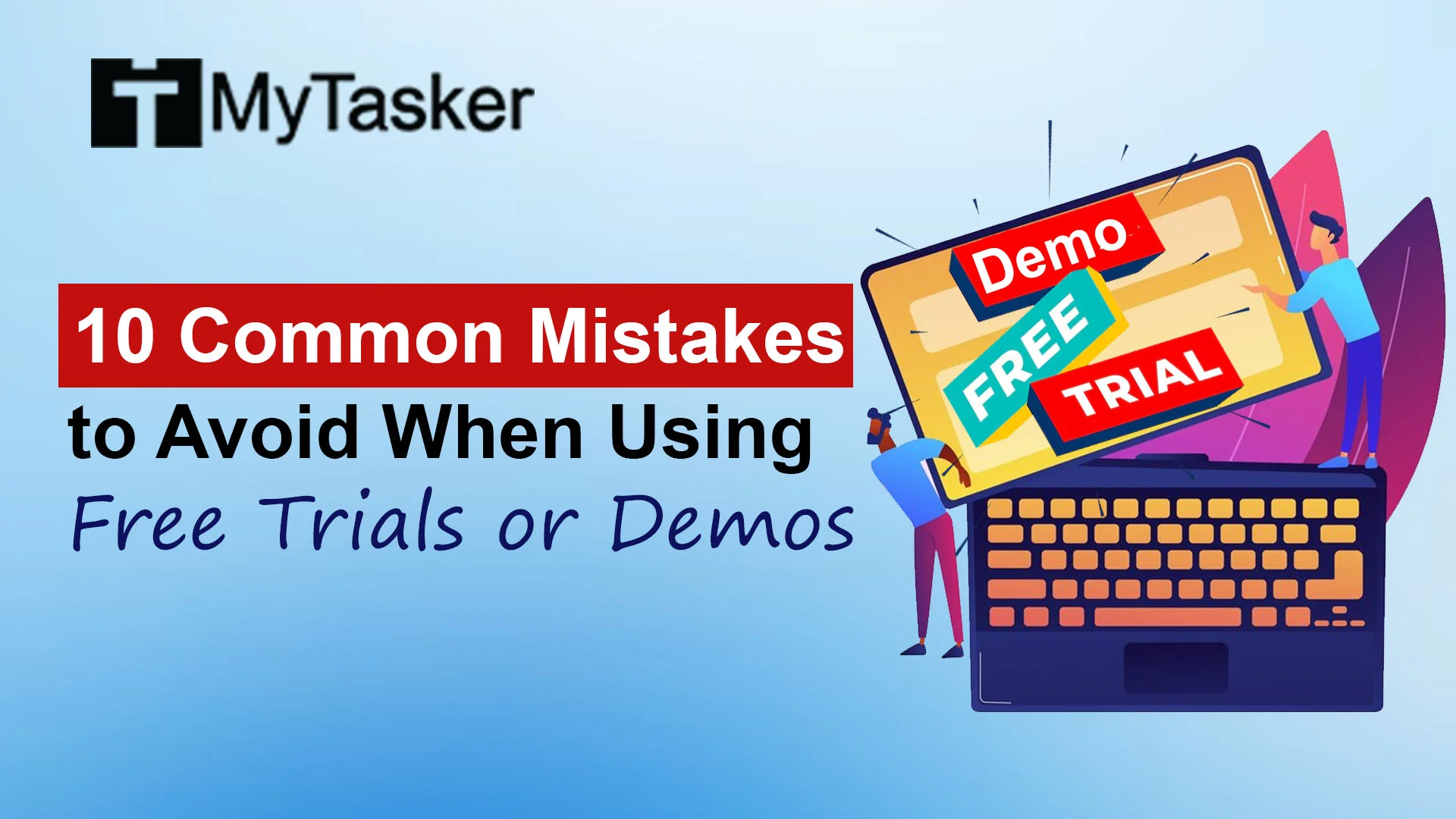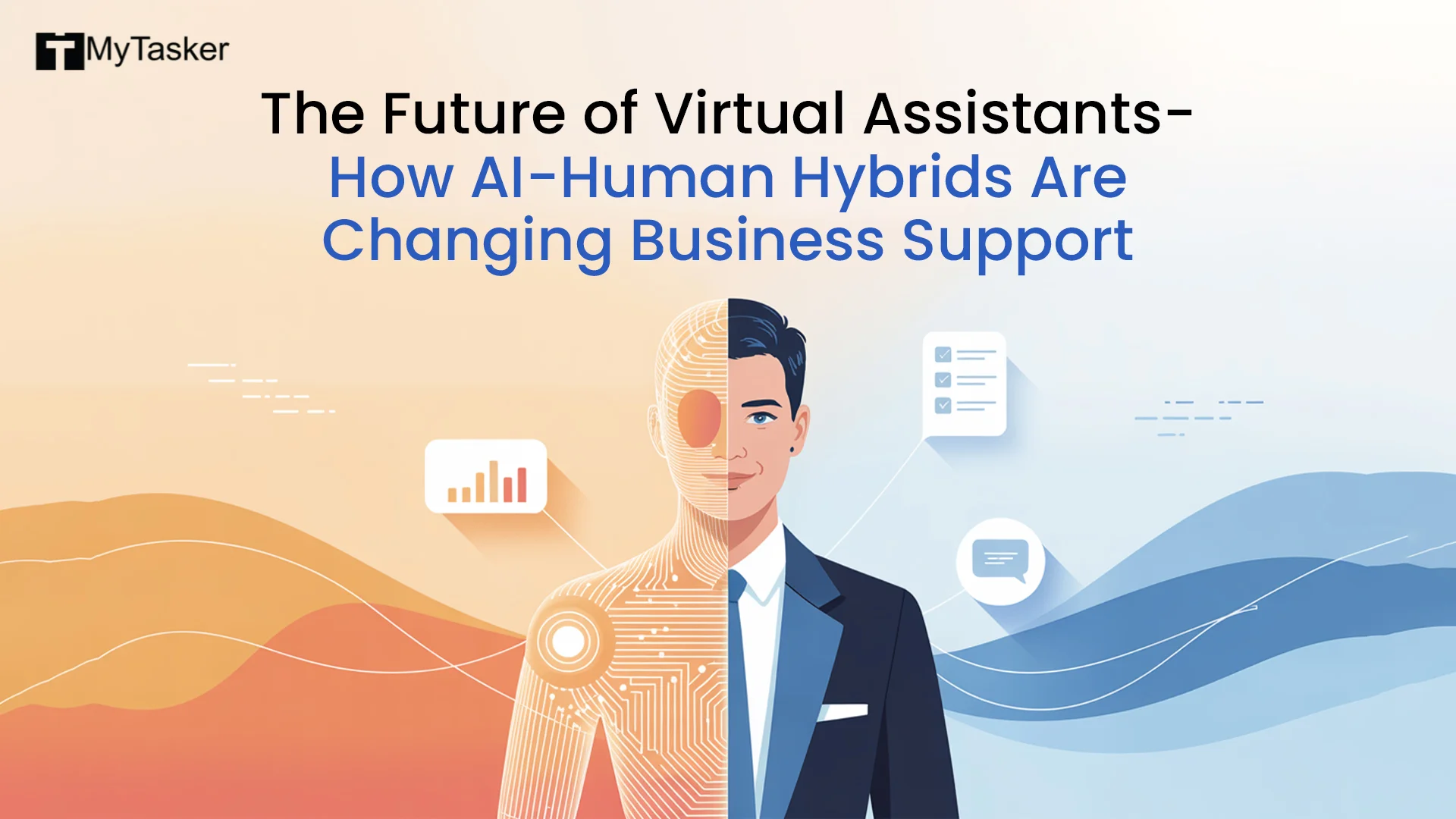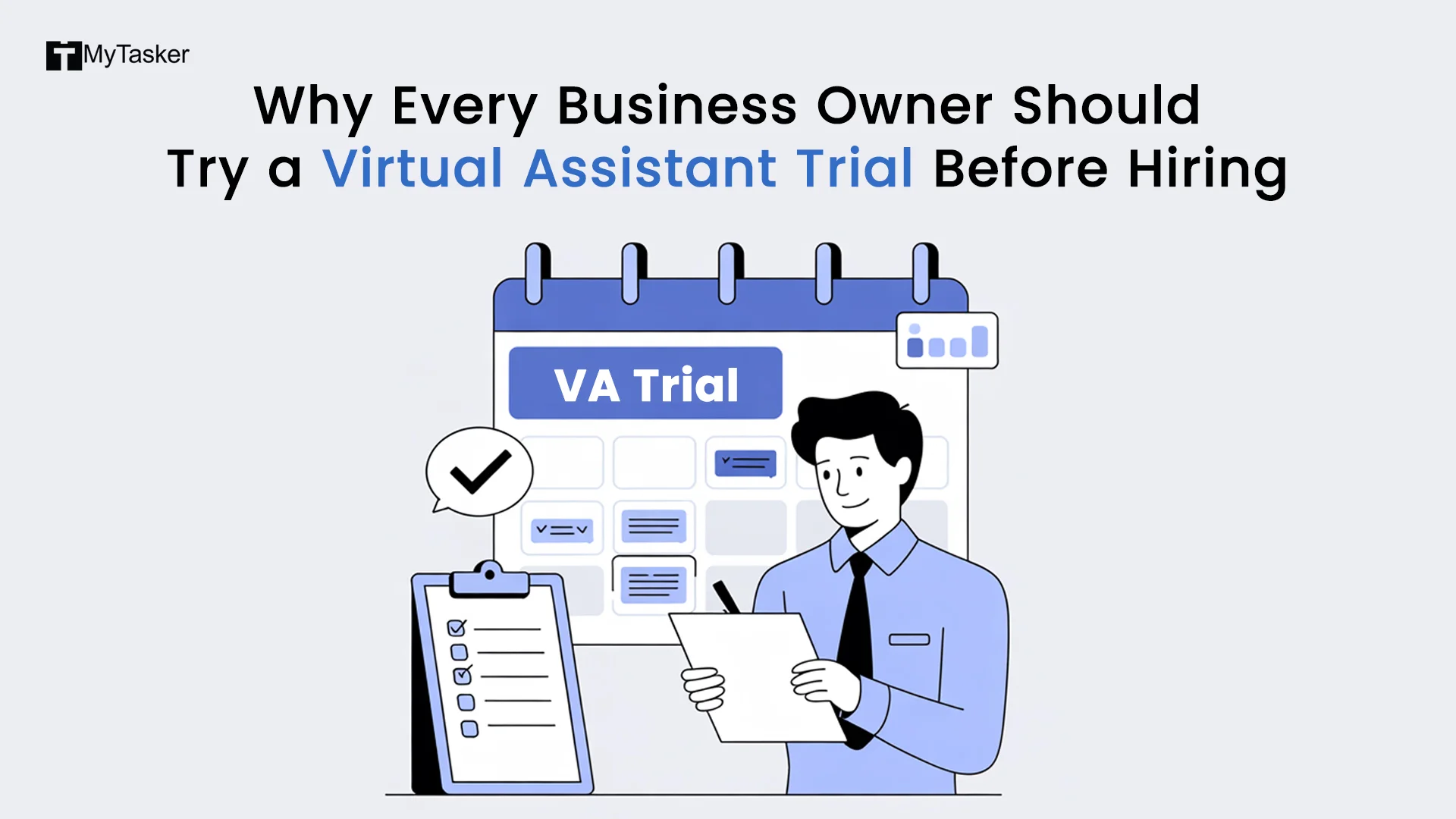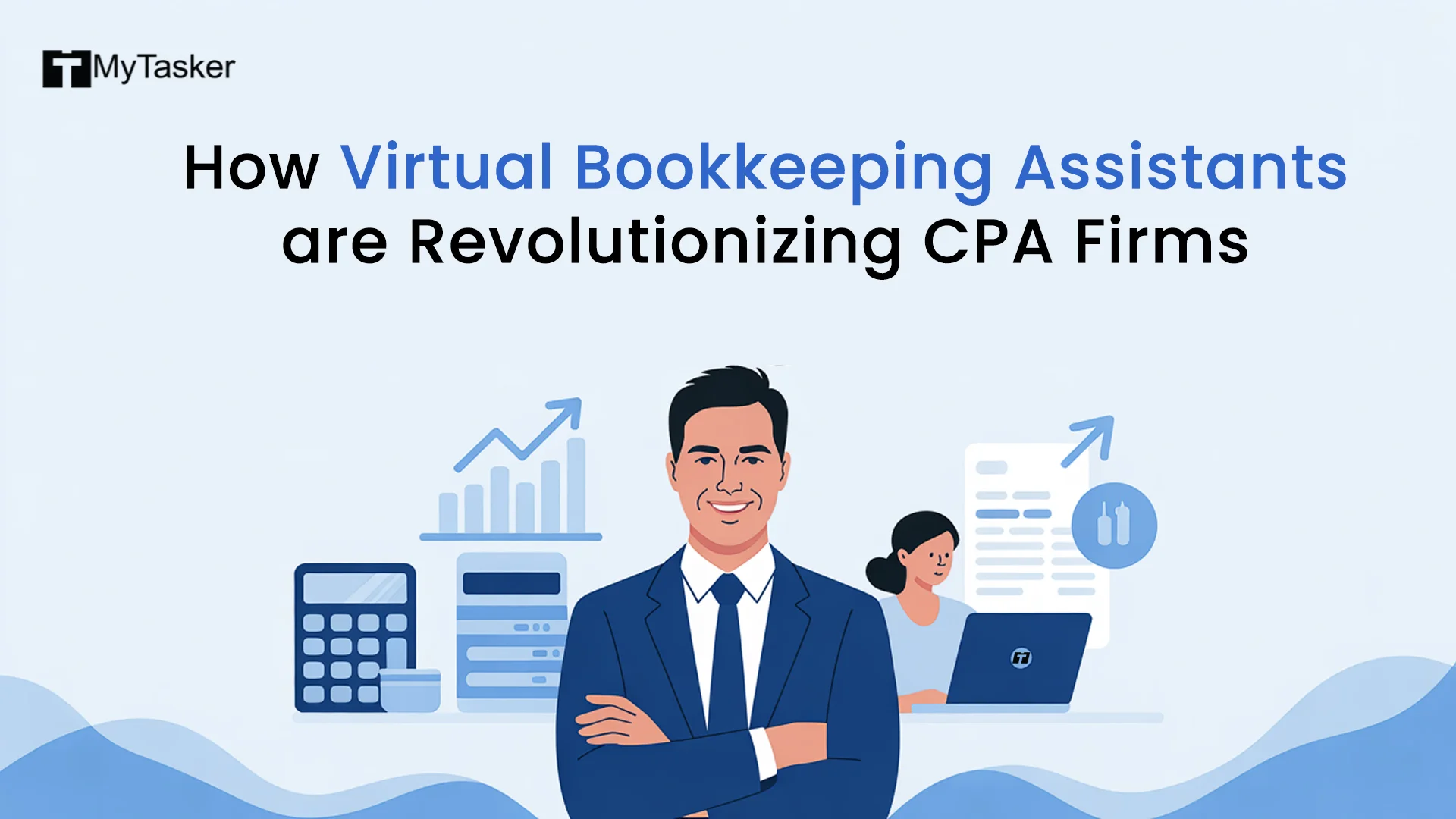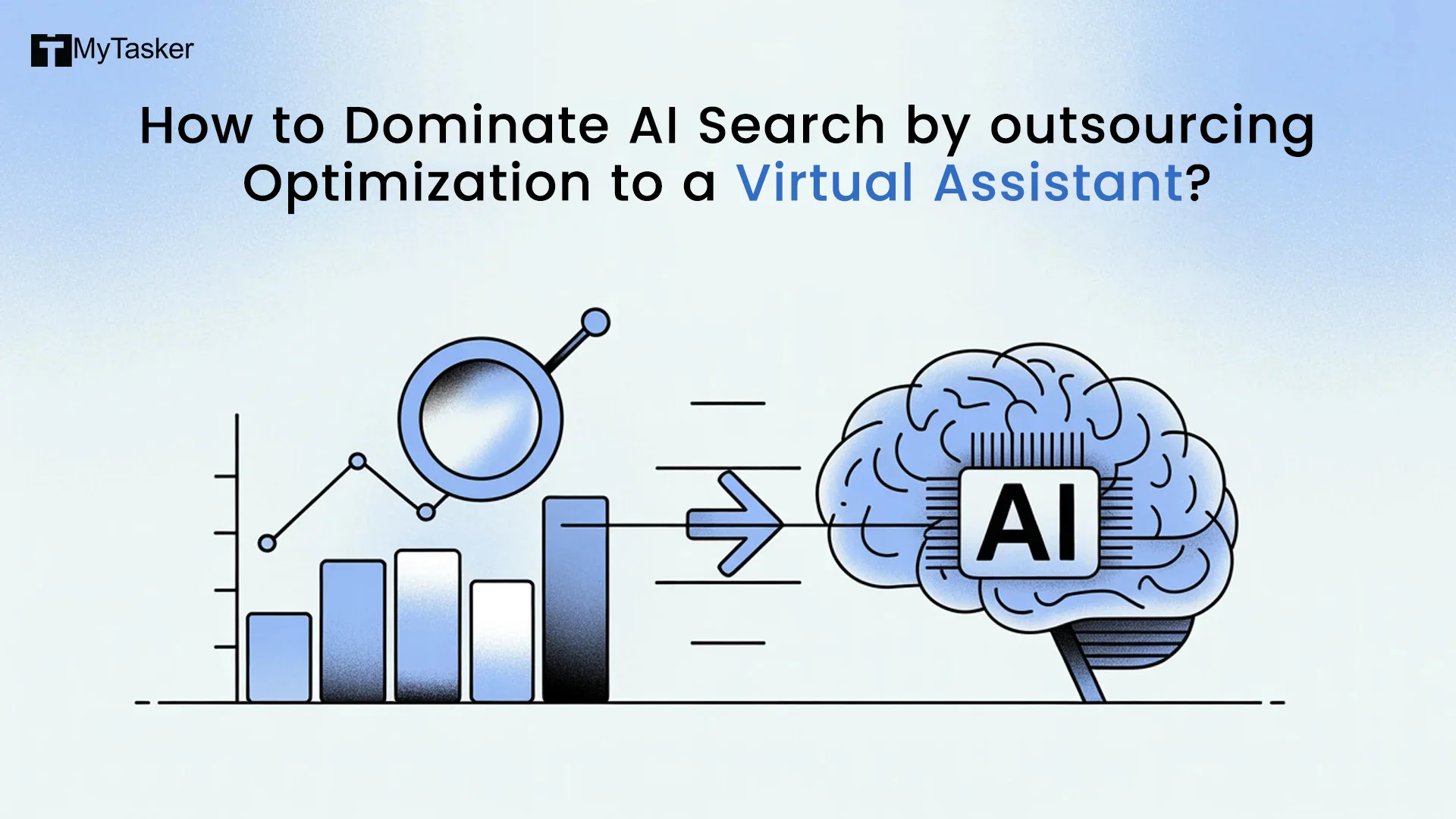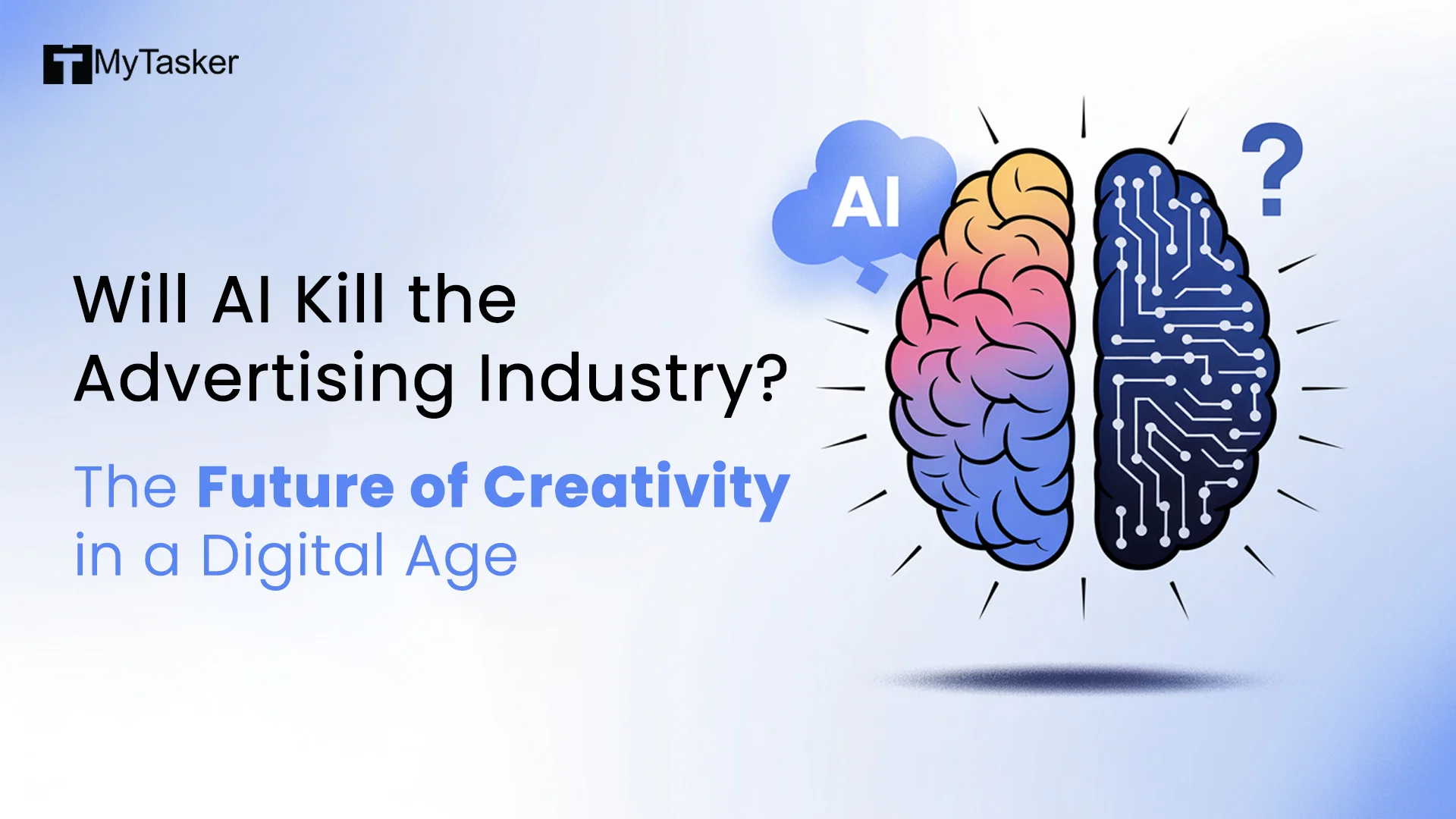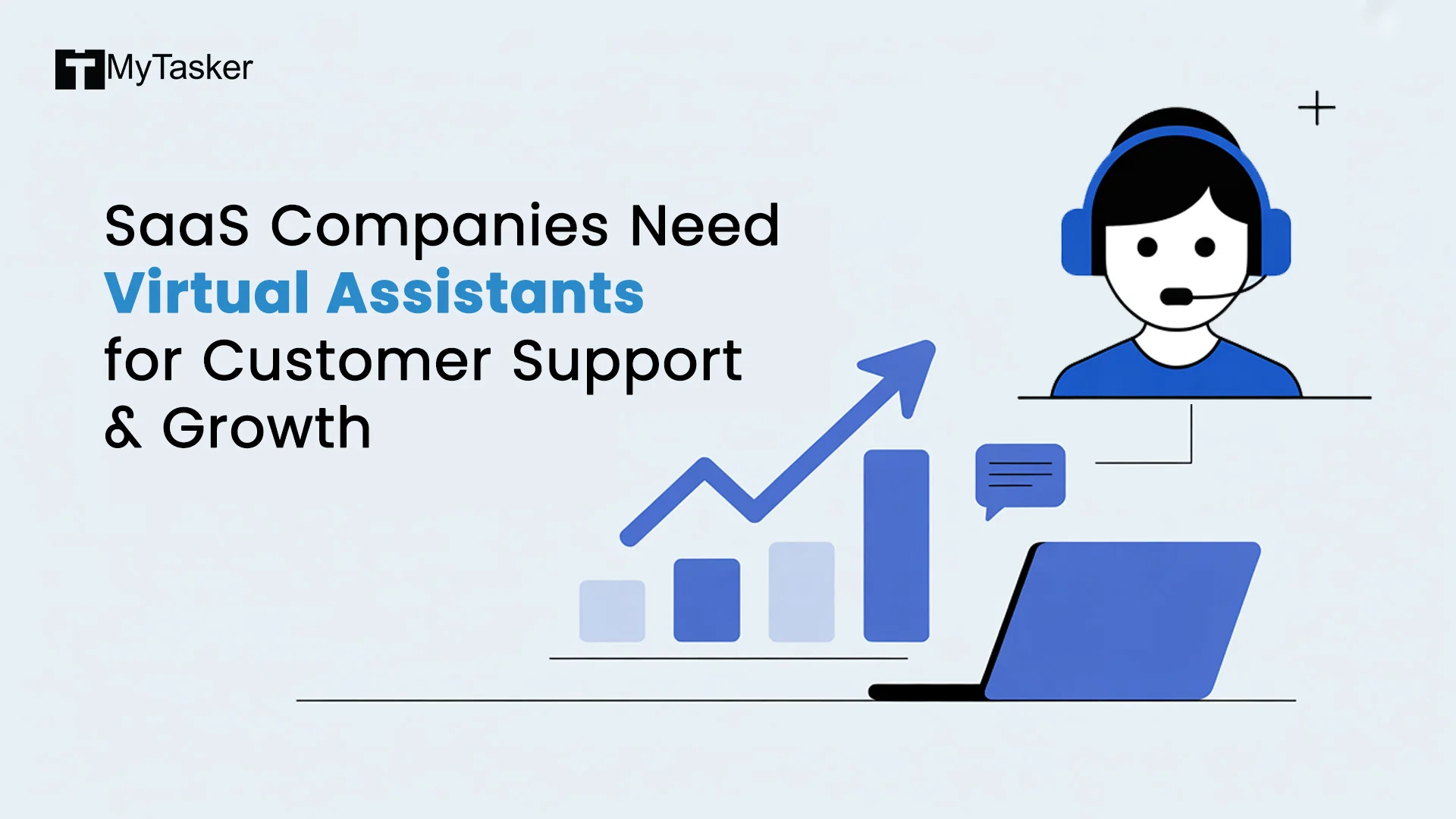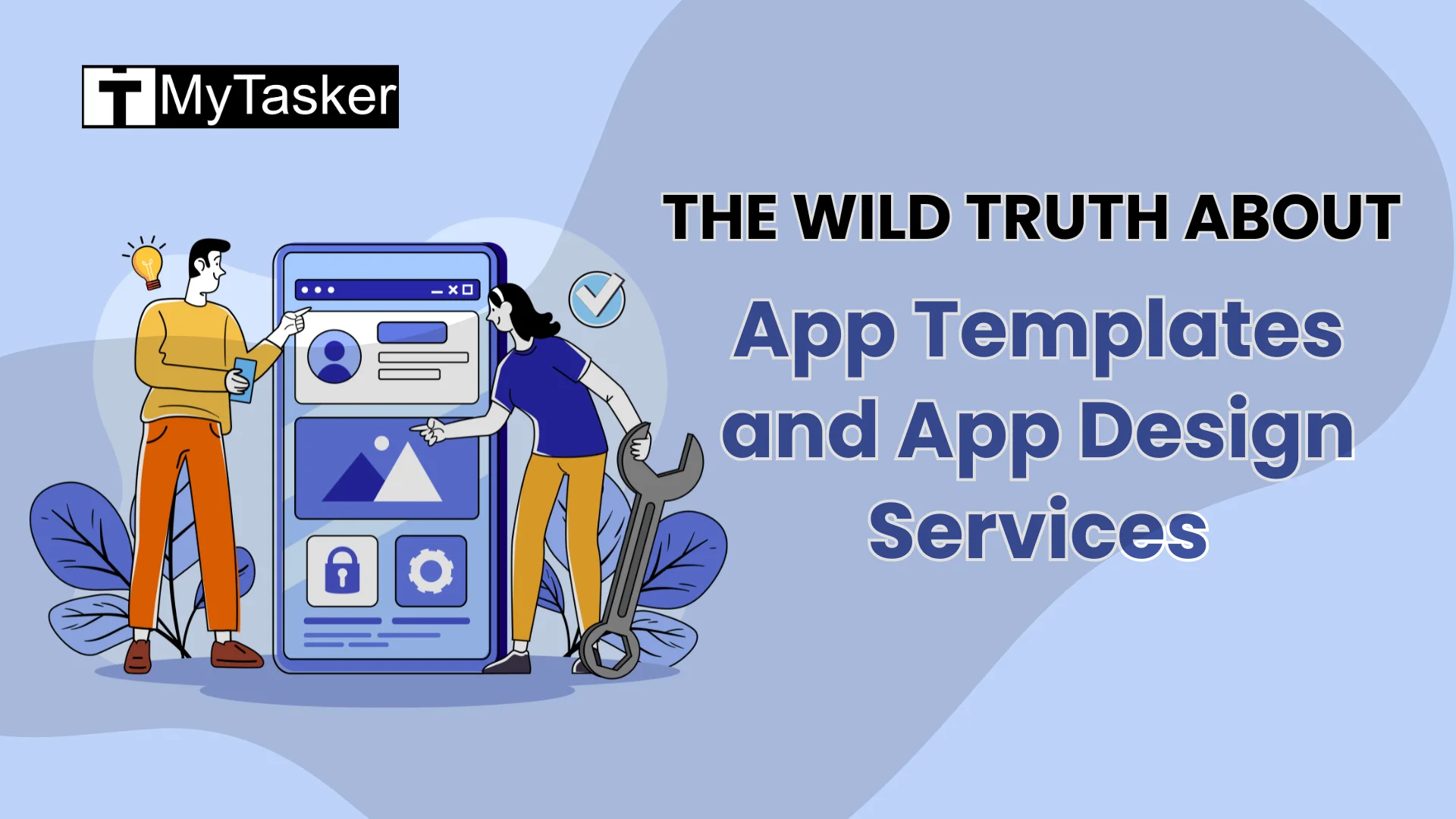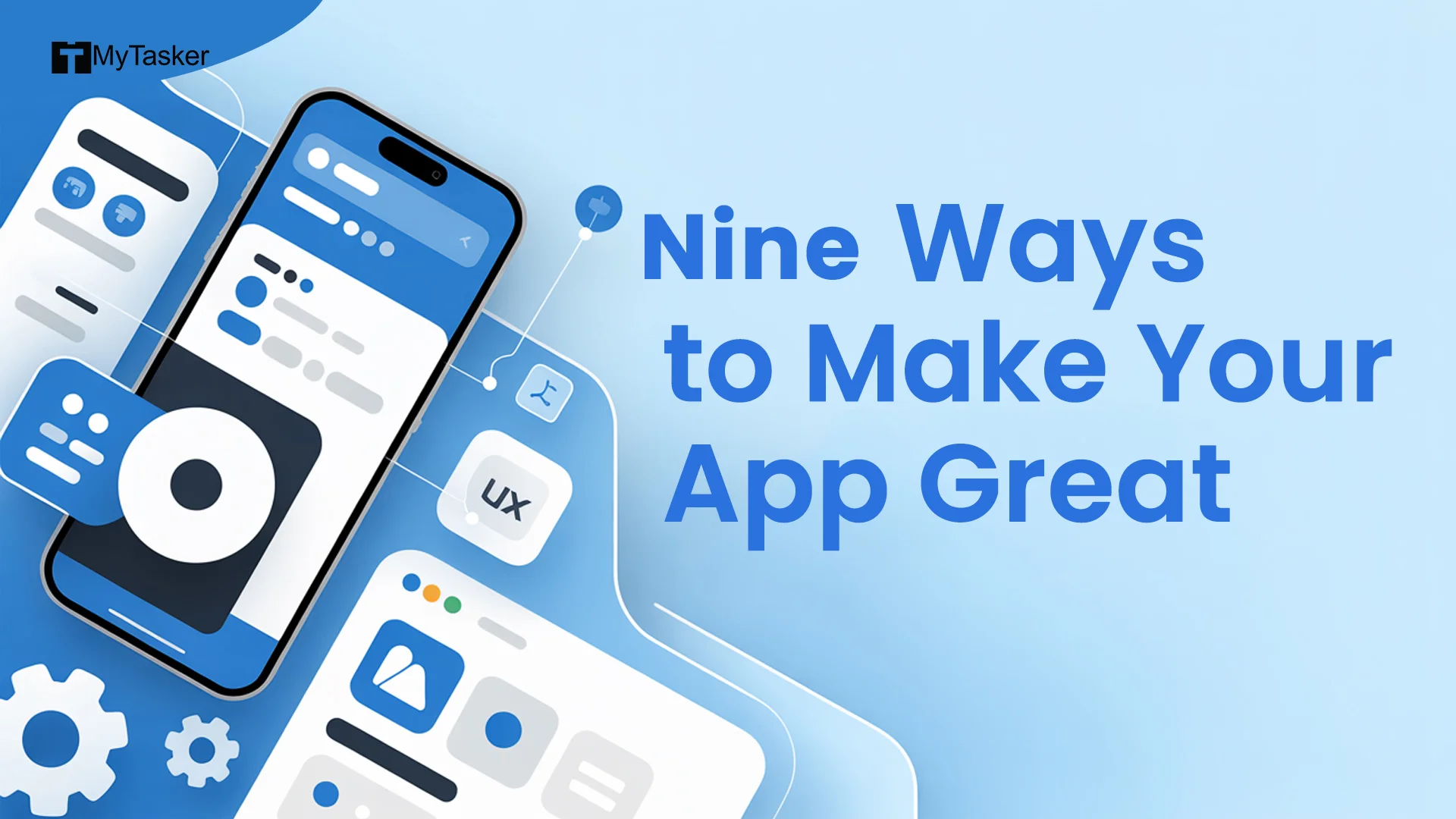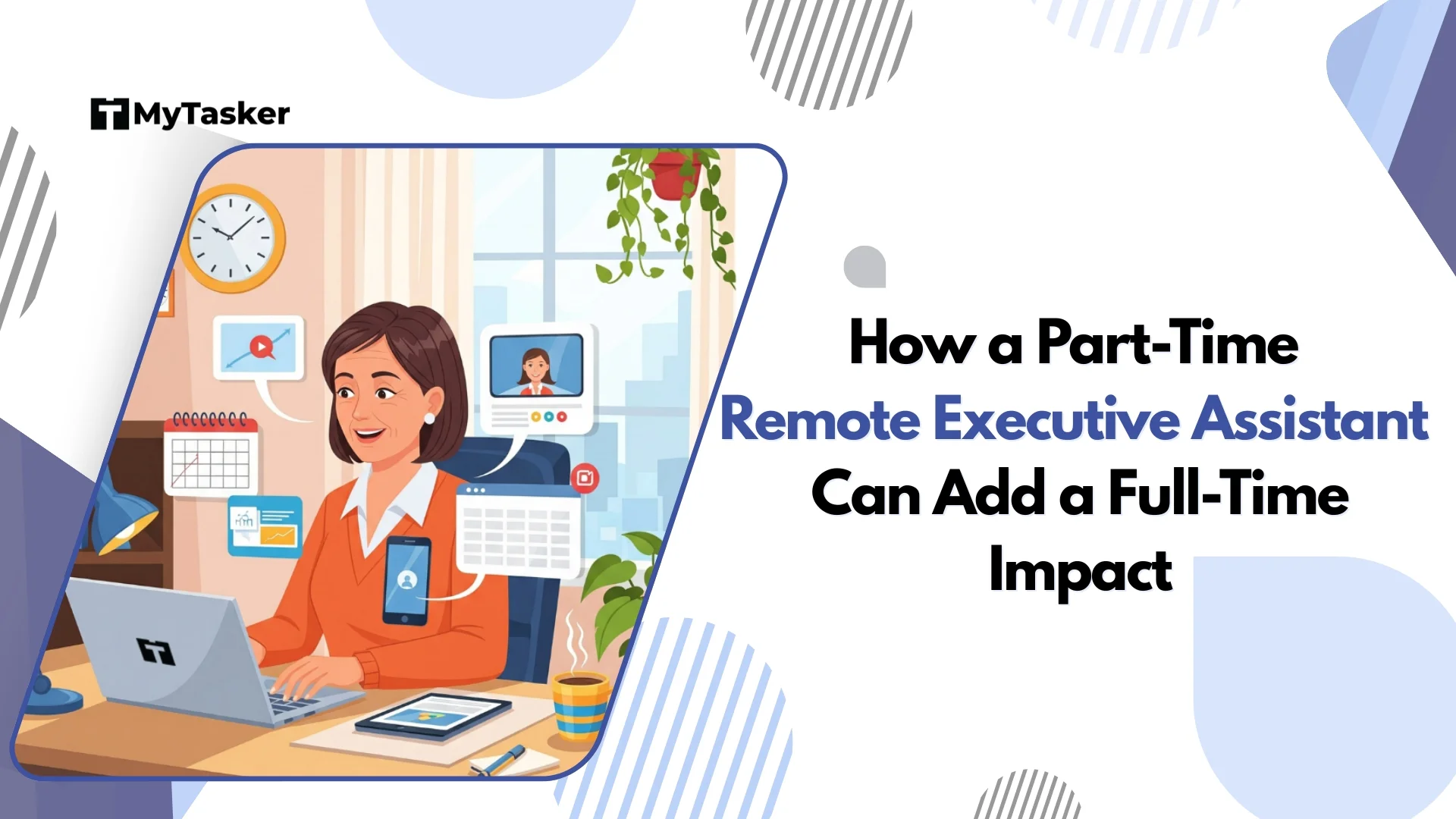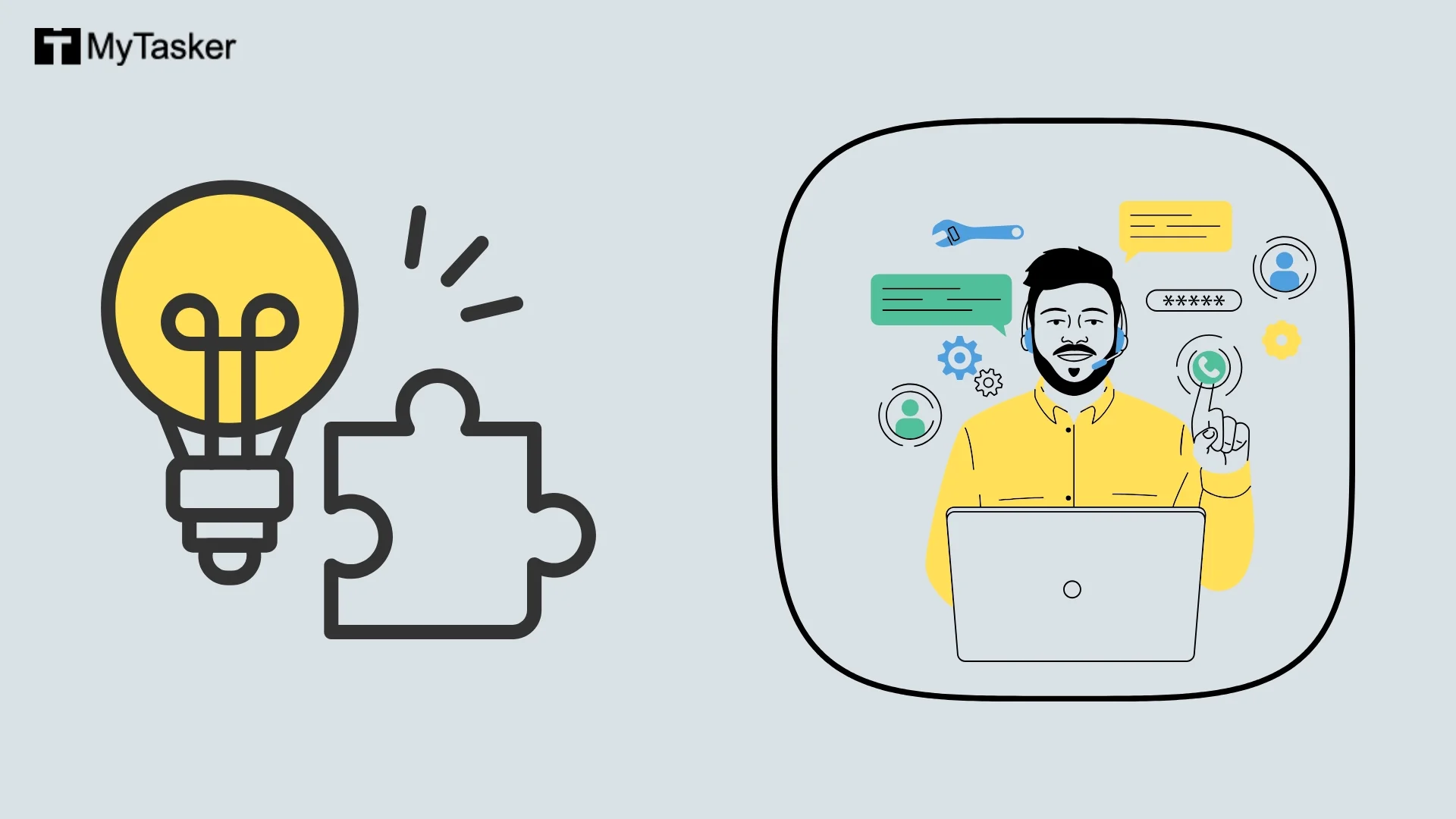A free trial or demo is like a test run of a product or service. It lets you try it out for a short time without paying, so you can see how it works and decide if it’s right for you. Simple as that!
Free trials and demos are valuable because they let you explore a service firsthand without making a commitment. You can see how it works, figure out if it meets your needs, and ensure it’s worth your investment—all before spending a dime. It’s the smart way to decide what’s right for you!
For instance, a virtual assistant service free trial helps you understand how the assistant works, what tasks they can handle, and how well they fit your specific needs. It gives you a risk-free way to see the benefits and decide if they’re the right match for your business or personal tasks!
Here are 10 common mistakes people make when using free trials or demos:
- Not defining your goals: Without clear objectives, you won’t know what success looks like.
- Skipping the onboarding process: This step helps you understand how to use the service efficiently.
- Not testing all the features: Missing out on key features can lead to an incomplete evaluation.
- Waiting until the last minute: Rushing at the end of the trial won’t give you enough insight.
- Ignoring customer support: Their help can clarify doubts and maximize your trial experience.
- Overlooking scalability: If your needs grow, can the service grow with you?
- Using the trial half-heartedly: Not fully engaging limits the value you get from the experience.
- Not involving the right team members: Feedback from others ensures better decision-making.
- Failing to compare alternatives: Exploring similar options helps you make an informed choice.
- Forgetting to cancel or upgrade the trial: Missing this can lead to unexpected charges or missed opportunities.
These simple steps ensure you use the trial wisely and make a smart decision.
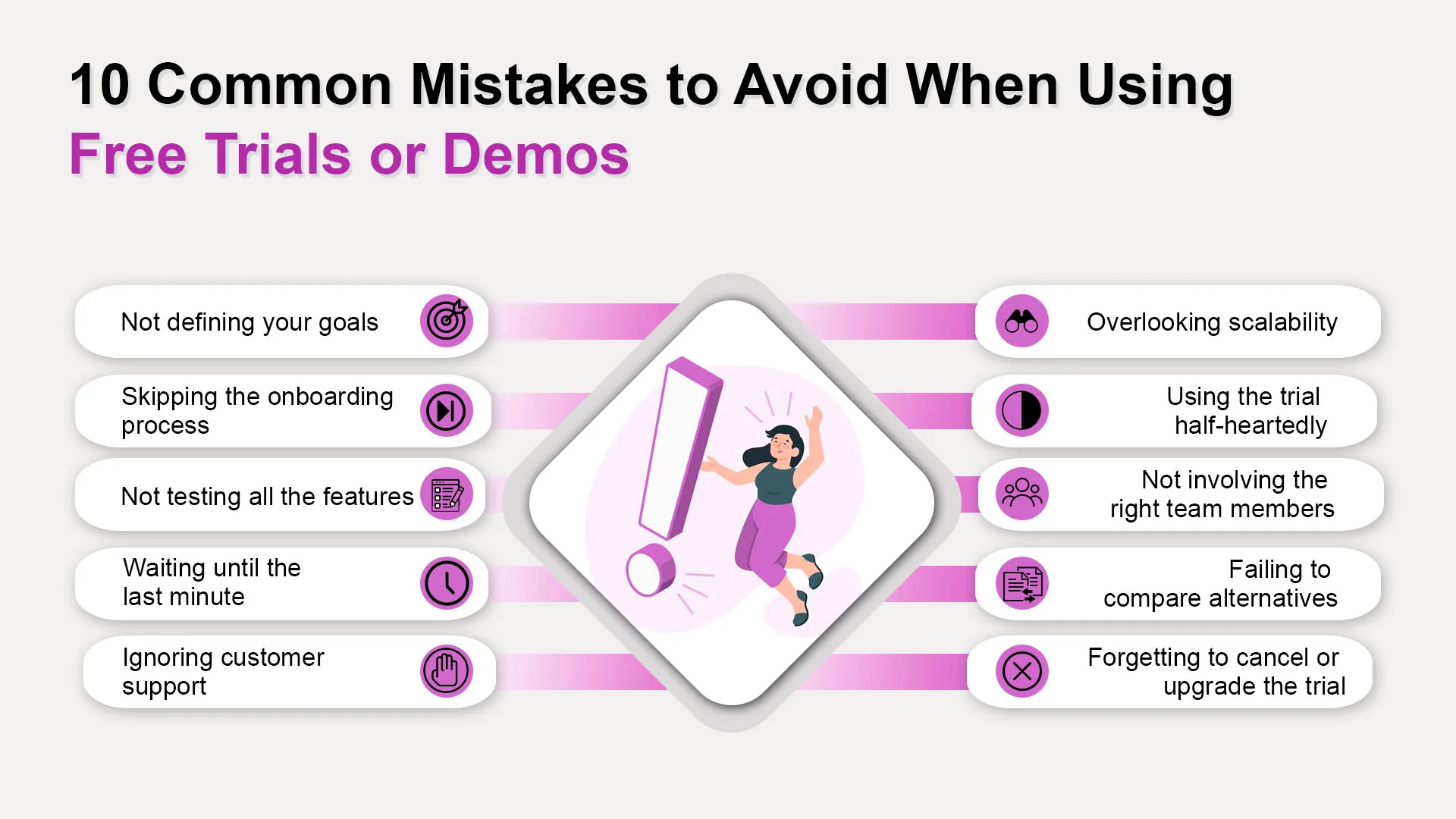
This structure looks great, and I can definitely help refine it further for clarity and style! Here’s an updated version with simple language and a conversational tone, so everyone can follow along:
Not Defining Your Goals
It's important to know exactly what you want from the trial. Are you looking to save time, improve efficiency, or cut costs? Without clear goals, you might miss out on testing what matters most for your needs. Define what you hope to achieve so you can measure the trial's success effectively.
Skipping the Onboarding Process
When you skip tutorials, demos, or onboarding materials, you miss out on important features and how to use the service properly. Make sure to take time to go through any available training or attend webinars. This will help you make the most out of your trial and avoid missing key details.
Not Testing All the Features
Many users only test the basics and overlook the full potential of a service. To get the full picture, create a checklist of features you want to test. Make sure you explore everything the service has to offer, even the parts you might not think you need right away.
Waiting Until the Last Minute
Don’t wait until the trial is almost over to start using it! The earlier you begin, the more time you have to explore the service and make an informed decision. Rushing through the trial means you might miss important features or not fully understand how the service works.
Ignoring Customer Support
Many free trials offer access to customer support. Don’t ignore it! Reach out if you have any questions or need help with something. Customer support can clear up confusion and give you a deeper understanding of how the service works, helping you make a better decision.
Overlooking Scalability
It’s easy to focus on your immediate needs, but what happens when your business grows? Make sure to check if the service can scale with you. This is key to avoiding future headaches when your requirements increase.
Using the Trial Half-Heartedly
Trying the service just a little won’t give you the full picture. Set aside specific time to really dive in and test the service thoroughly. The more effort you put in, the better your evaluation will be!
Not Involving the Right Team Members
Make sure the people who will actually be using the service are part of the trial. Get feedback from all the right stakeholders to make sure it’s the right fit. Collaborative evaluation will give you a well-rounded view of the service.
Failing to Compare Alternatives
Don’t settle on the first option. Try out trials from competitors to see how they compare. This way, you can make an informed decision and pick the service that truly fits your needs.
Forgetting to Cancel or Upgrade
Keep track of the trial expiration date! Mark it on your calendar and set a reminder so you don’t forget to either cancel or upgrade before the trial ends. This avoids any unexpected charges and helps you stay in control.
Product Free Trial
A product free trial gives you a chance to try out a service or software for a limited time without paying, so you can decide if it meets your needs before committing to a purchase.
Are Free Trials Really Free?
While the trial itself is free, many services require payment information upfront, and if you forget to cancel, you might get charged once the trial ends.
So, in that sense, it’s "free" only if you remember to cancel before the trial period is up.
Freemium vs. Free Trial
- Freemium: A service gives you basic features for free, but you have to pay for premium features.
- Free Trial: A service offers full access to all features for a limited time, after which you must pay to continue using it.
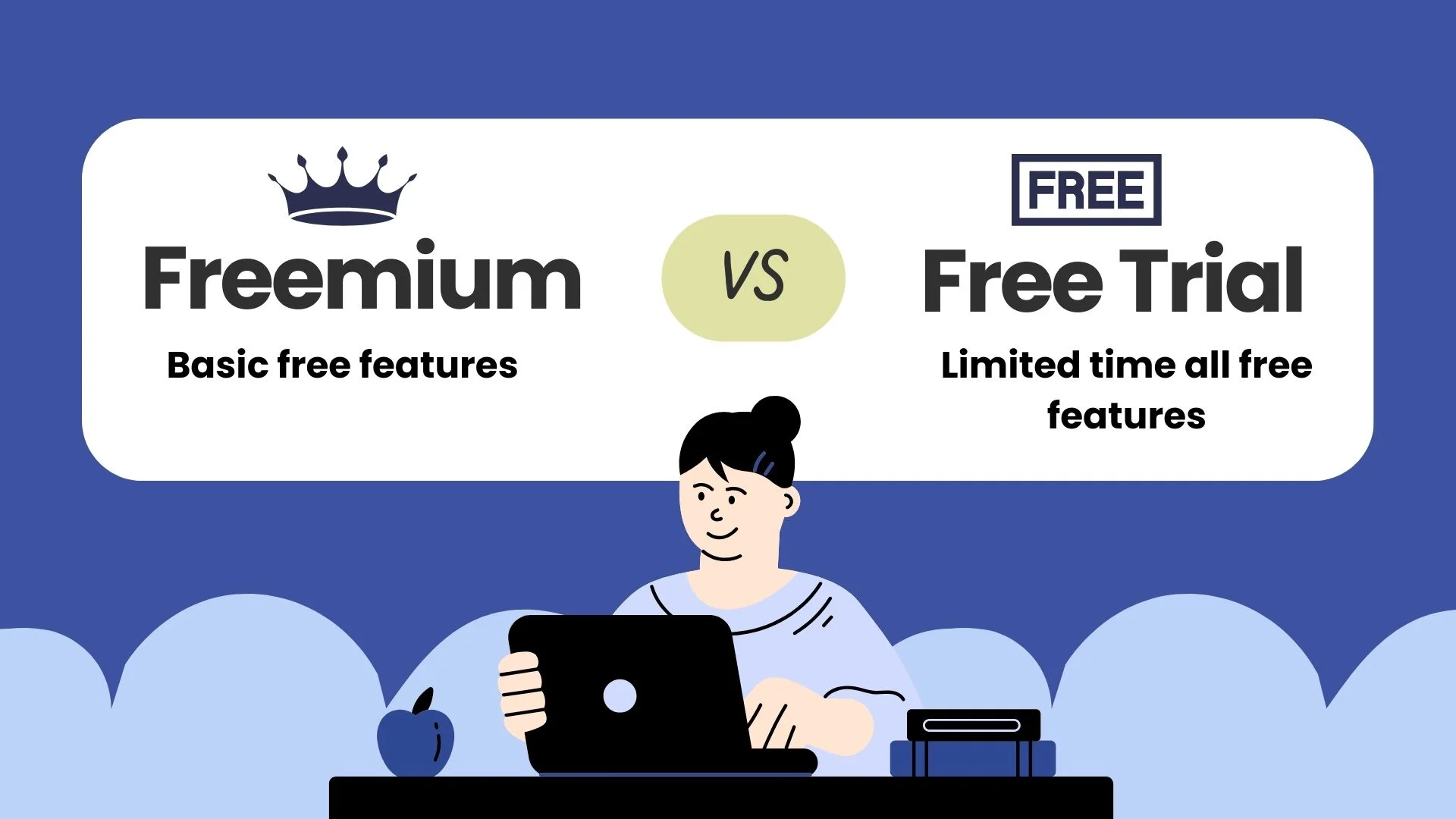
Free Trial vs. Demo: When to Go for Which One
Free Trial
A free trial is ideal when you want hands-on experience, more time to explore, or need to check the product’s full potential. Here’s when you should go for one:
You want hands-on experience:
Example: If you’re considering a project management tool like Trello or Asana, a free trial lets you test all features like task creation, team collaboration, and integrations. You get to experience the platform fully to see if it fits your team’s needs.
You have time to explore:
Example: Trying out a website builder like Wix or Squarespace with a free trial lets you experiment with templates, design features, and publishing tools, ensuring you can make the right choice before committing.
You're looking for long-term use:
Example: If you need video editing software like Adobe Premiere Pro, a free trial allows you to test editing features, rendering quality, and tools to decide if it’s the right fit for your long-term projects.
You need to check scalability:
Example: With a cloud storage service like Dropbox or Google Drive, a free trial lets you test uploading and sharing large files to see if the service can grow with your needs.
Demo
A demo is more suitable when you need a quick overview, are short on time, or want a guided introduction to the service. Here’s when a demo works best:
You need a quick overview:
Example: When exploring a CRM software like Salesforce, a demo gives you a guided tour of key features, such as tracking leads and managing sales pipelines, without needing to spend hours testing the tool yourself.
You have limited time or resources:
Example: A virtual event platform like Zoom or Hopin offers demos that let you quickly understand how to host webinars and engage participants, without the need to sign up for a full trial.
You need guided assistance:
Example: For a design tool like Canva or Figma, a demo will walk you through the main features and tools, helping you understand how to create designs quickly, without having to figure everything out on your own.
You're exploring multiple options:
Example: When comparing email marketing platforms like Mailchimp, Constant Contact, or ConvertKit, a demo helps you get a clear picture of the features that matter most, such as ease of use, analytics, and integrations.
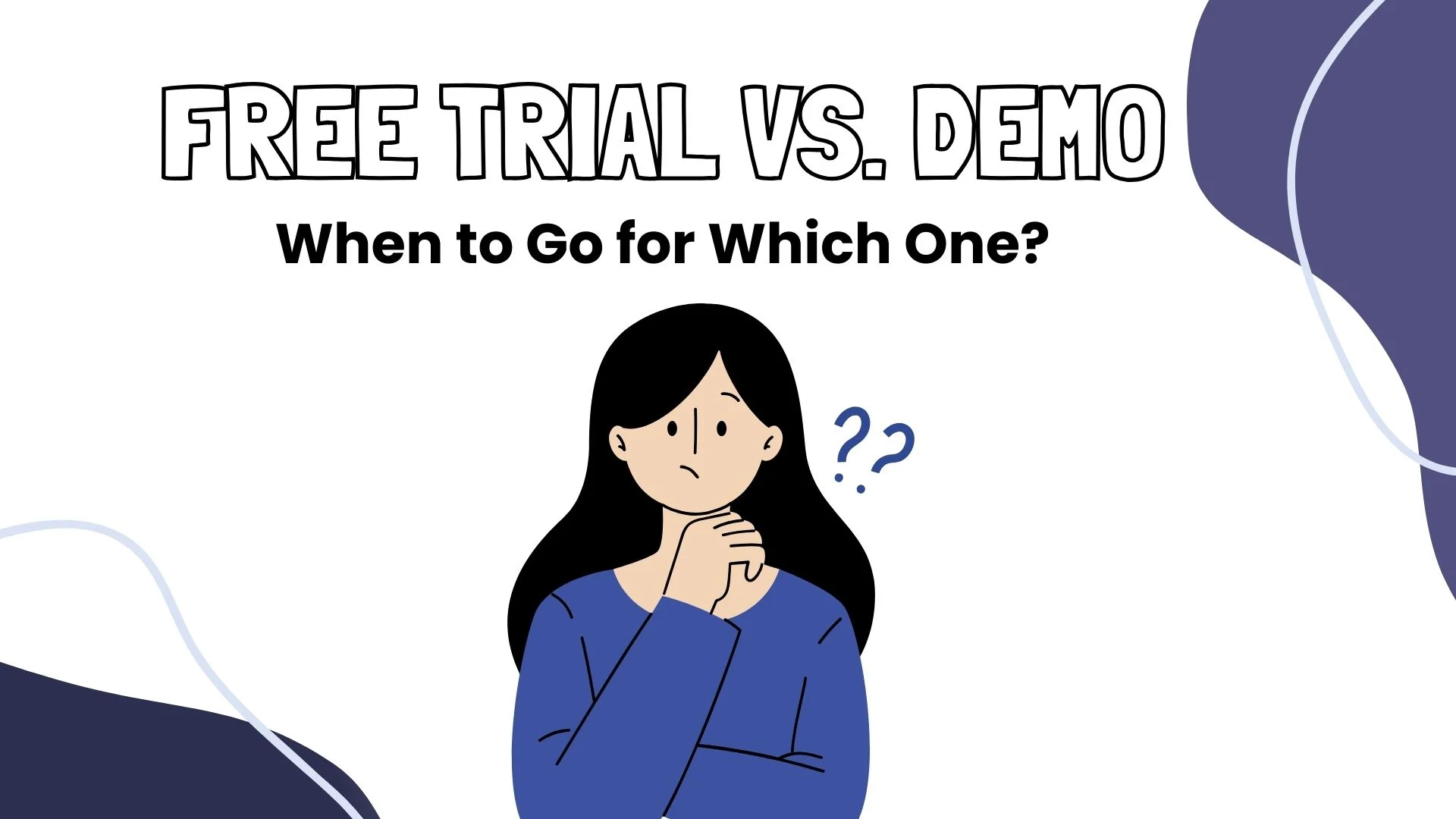
In essence, choose a free trial when you need full access and more time to explore a product’s potential. Opt for a demo when you need a quick overview, guided assistance, or are evaluating multiple options. Both have their place—if you want to get the most out of your experience, pick the one that best fits your needs!
In What Scenarios is a Product Demo More Effective than a Free Trial?
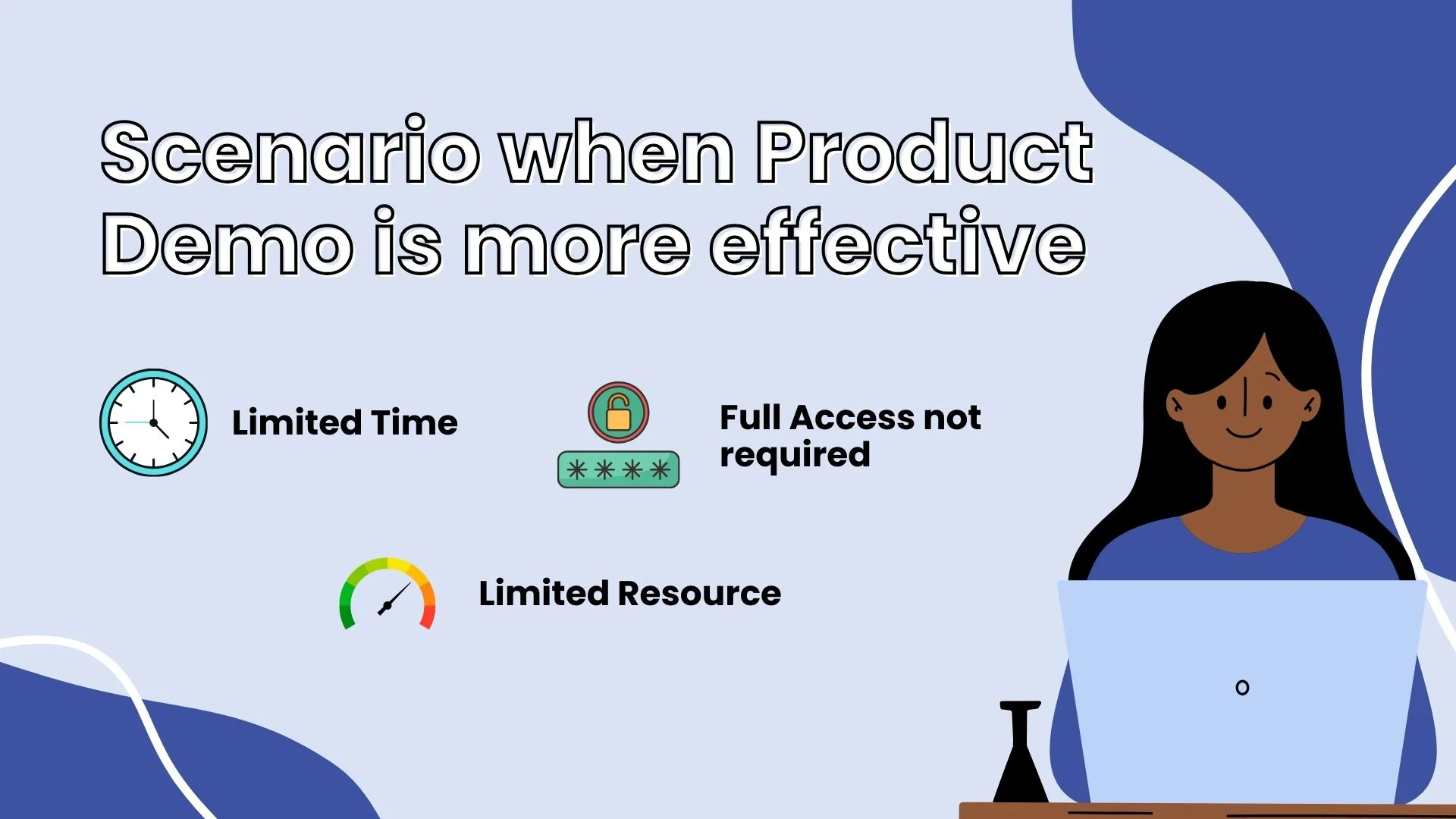
- When Time Is Limited: If you need to get a quick overview, a demo is faster and more efficient.
- When You Don’t Need Full Access: If you just want to see how the product works without needing to use all its features, a demo can be enough.
- When You Have Limited Resources: A demo requires less commitment and can help you decide whether it’s worth trying the full product.
Are There Specific Industries Where Demos Are More Effective Than Free Trials?
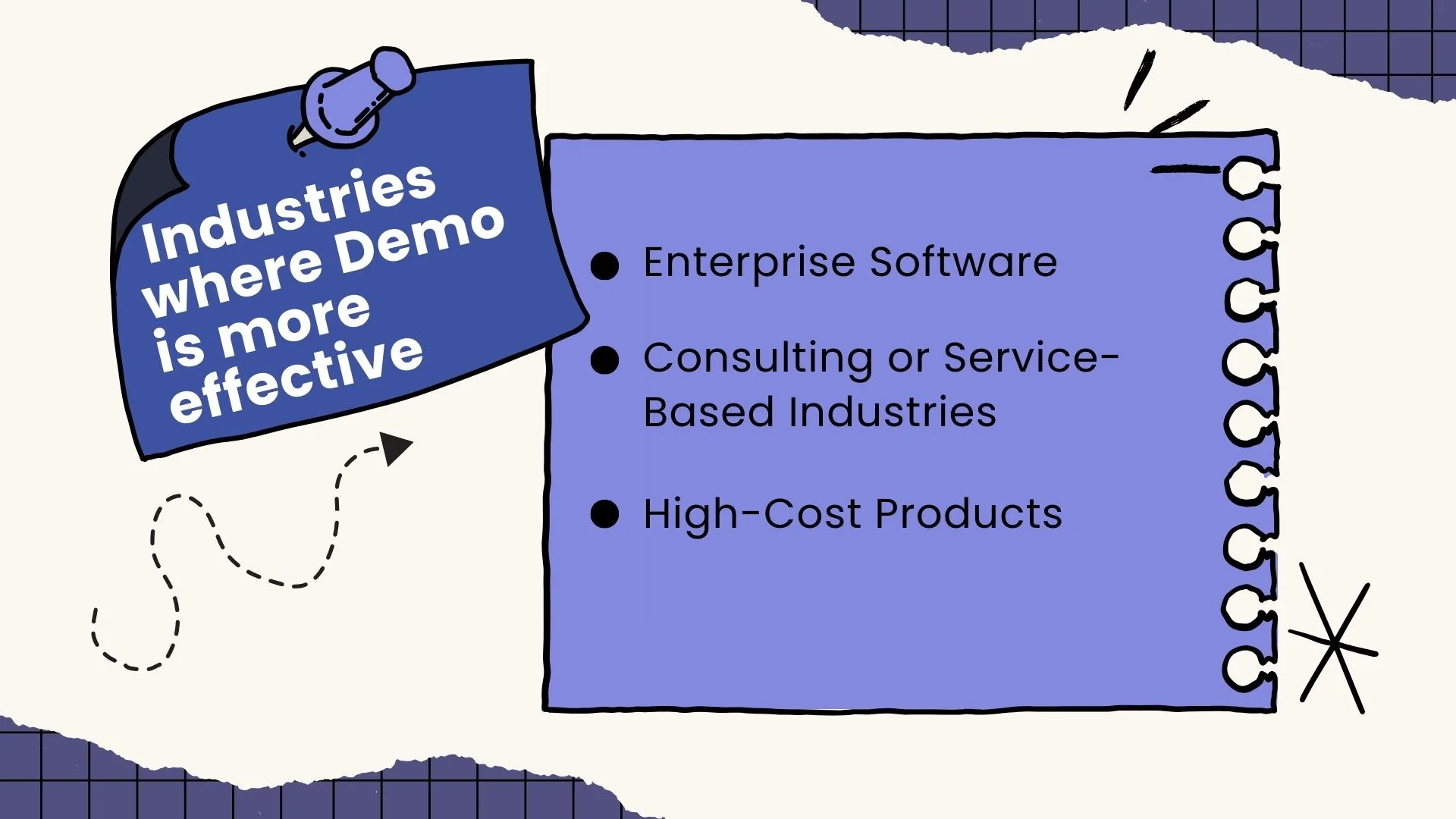
- Enterprise Software: For complex tools with a steep learning curve, demos allow potential customers to quickly understand the features and benefits without wasting time.
- Consulting or Service-Based Industries: When services are personalized, demos can help set expectations before a full trial.
- High-Cost Products: In industries like manufacturing or specialized tech, demos help prospects evaluate if the service is a good fit without needing to try everything themselves.
Conclusion
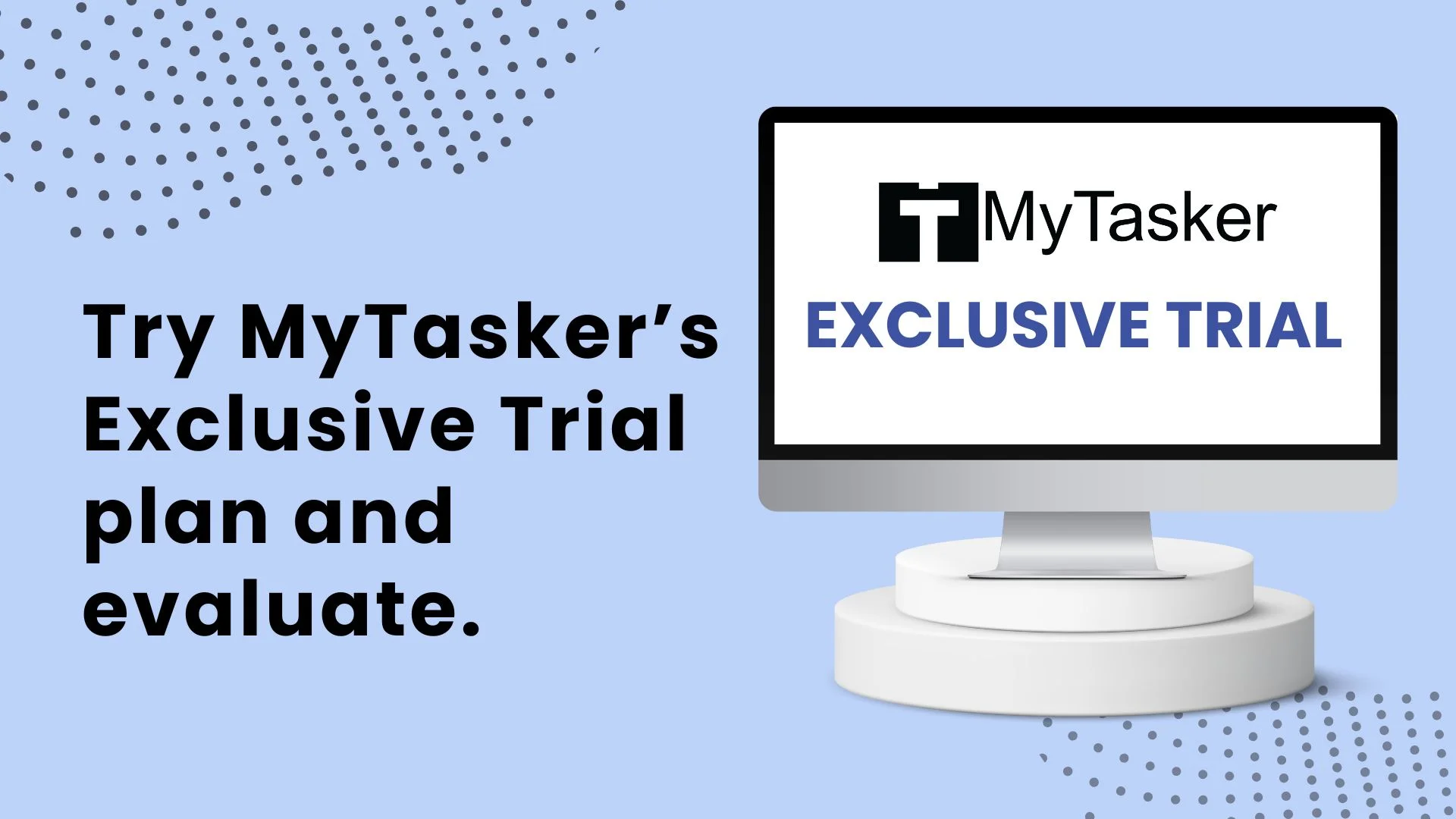
To sum it up: avoiding these mistakes ensures you make the most of your free trial. Use this opportunity to test out services thoroughly and find the one that’s right for you. If you're looking for a virtual assistant service, why not try MyTasker’s exclusive trial? It’s the perfect way to experience how we can help streamline your tasks and make life easier!
